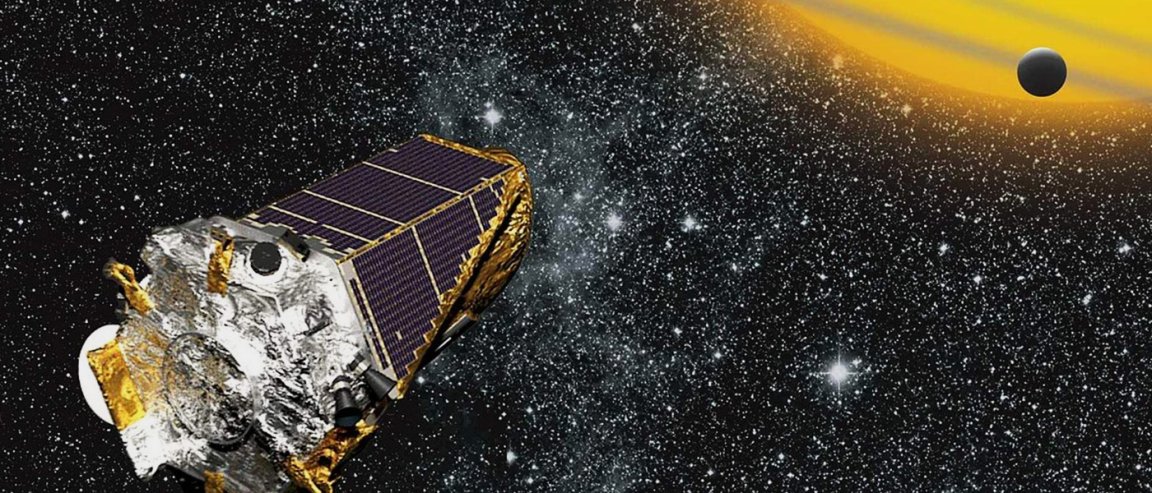
Universe is Teeming with Potential Life-Bearing Planets
Looking for liquid water – the hallmark sign for life – has been the NASA’s strategy to search for life beyond Earth. A planet must be within the so-called habitable zone, the area around a star in which a planet’s surface is able to hold liquid water.
Since its launch in 2009, the Kepler space observatory has discovered over 4,000 potential exoplanets, of which more than 2,000 have been confirmed.

The Kepler List Narrowed Down to 20
A study, published in the Astrophysical Journal, from a team of researchers led by Dr. Stephen R. Kane, associate professor of Physics and Astronomy at San Francisco State University, painstakingly studied and cataloged all the exoplanets from the Kepler list to determine which among them is most likely to harbor life.
The research lists down 216 planets found within the habitable zone and, after examining other factors like size and composition, the research team further narrows down the list to 20 planets within a conservative habitable zone having a rocky surface — which are very similar to our planet Earth. The scope of the research does not include finding out whether alien life exists in those 20 Earth-like planets, though.
In an interview, Kane states, “unfortunately we cannot give probabilities that a planet has life at this point since we still only have one data point – the Earth – for which we know life exists. What we can do is focus our efforts on the planets most likely to yield evidence of extraterrestrial life and that is what we hope our work will provide.”